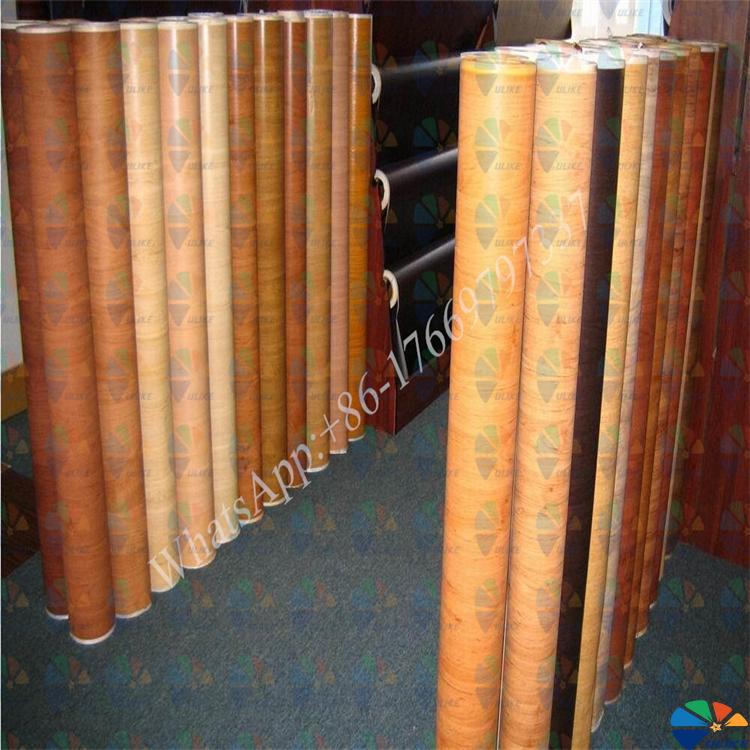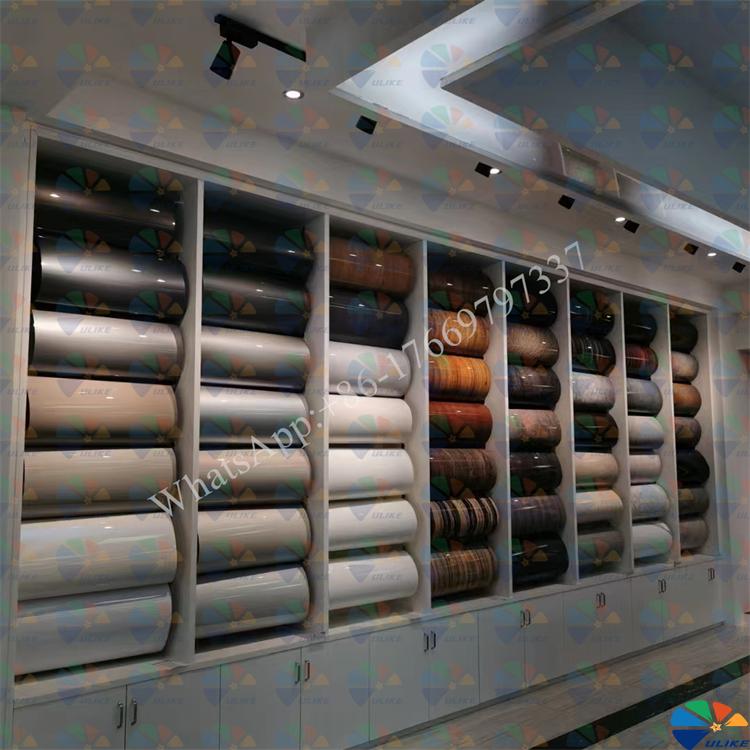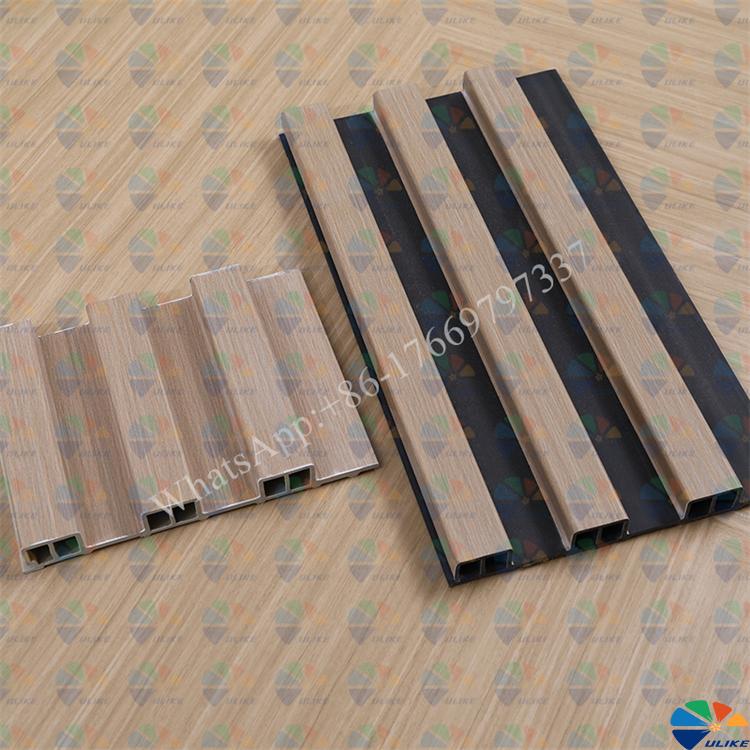Development history of PP decorative film
Development history of
PP decorative film
PP decorative film, as a polypropylene-based polymer material, has been widely recognized and applied in the field of building materials decoration in recent years due to its excellent performance and wide application. This article will give a detailed introduction to the development history of PP decorative film and analyze its technological progress and market evolution in different periods.
1. Initial development stage
The development of PP decorative film can be traced back to the 1970s. With the industrial production of polypropylene (PP) materials, the relevant processing technology has gradually matured. Polypropylene has been gradually introduced into the field of architectural decoration due to its good chemical corrosion resistance, mechanical properties and processing properties. However, the initial PP film was mainly used in packaging and industrial fields, and its decorative function has not been fully developed.
2. Technological breakthroughs and functional expansion
In the 1980s, with the advancement of plastic processing technologies such as extrusion and stretching, the manufacturing process of PP decorative film has been significantly improved. In particular, breakthroughs in surface treatment technology have enabled PP film to have the ability to simulate the texture of natural materials, such as wood grain and marble grain. During this period, PP decorative film was gradually used for surface decoration of building materials such as walls, ceilings, and floors.
In addition, with the development of printing technology, the pattern design of PP decorative film has become more diversified and refined, which can meet higher decorative needs. At this time, the application scope of PP decorative film has gradually expanded from industrial packaging to home decoration, becoming an emerging force in the decorative materials market.
3. Driven by environmental protection and functional needs
In the 1990s, with the gradual strengthening of environmental protection regulations, the environmental performance of building materials has received widespread attention. PP decorative film has quickly become one of the representatives of environmentally friendly building materials with its non-toxic, recyclable and low environmental impact characteristics. At the same time, the increase in functional needs has also promoted the further development of PP decorative film.
At this stage, the functionality of PP decorative film has been significantly improved, such as anti-ultraviolet, fire retardant, antibacterial and mildew-proof properties. These functional improvements have not only broadened the application scope of PP decorative film, but also enhanced its market competitiveness and promoted its popularity in the global market.
4. Modern application and global promotion
Entering the 21st century, with the globalization of the building decoration materials market, the application scope of PP decorative film has been further expanded, especially in the Asia-Pacific region and the European and American markets. Advanced processing technology and surface treatment technology have greatly improved the quality and decorative effect of PP decorative film, making it an important component of high-end decorative materials.
In modern applications, PP decorative film is not only widely used in residential and commercial buildings, but also in outdoor decoration, furniture manufacturing, automotive interior and other fields. Its excellent weather resistance, environmental protection and aesthetics make it an important material to meet the needs of modern architectural decoration.
5. Future development trends
Looking to the future, PP decorative film will continue to benefit from the promotion of technological innovation and environmental protection needs. The application of nanotechnology, new coating technology and digital printing technology will further enhance the performance and decorative effect of PP decorative film. In addition, with the increasing market demand for personalized and customized decoration, the flexibility of PP decorative film in design and application will become a key factor in its continued development.
Under the global sustainable development trend, the recyclability and low carbon footprint of PP decorative film will become its important advantages to maintain its market competitiveness. In the future, PP decorative film will show its unique value in more fields and application scenarios, and contribute more possibilities to the development of the building decoration materials industry.
Conclusion
PP decorative film has evolved from its initial simple application to an important component of modern architectural decoration materials through continuous technological improvements. Its advantages in environmental protection, functionality and aesthetics have enabled it to maintain a strong growth momentum in the global market. With the further development of technology, PP decorative film will show greater application potential and market value in the future.



![af]() Afrikaans
Afrikaans![sq]() Albanian
Albanian![am]() Amharic
Amharic![ar]() Arabic
Arabic![fr]() French
French![es]() Spanish
Spanish![ru]() Russian
Russian![de]() German
German![hy]() Armenian
Armenian![it]() Italian
Italian![ja]() Japanese
Japanese![ko]() Korean
Korean![pt]() Portuguese
Portuguese![hi]() Hindi
Hindi![az]() Azerbaijani
Azerbaijani![ro]() Romanian
Romanian![pl]() Polish
Polish![th]() Thai
Thai![el]() Greek
Greek![eu]() Basque
Basque![en]() English
English![zh-CN]() Chinese (Simplified)
Chinese (Simplified)![zh-TW]() Chinese (Traditional)
Chinese (Traditional)![be]() Belarusian
Belarusian![bn]() Bengali
Bengali![bs]() Bosnian
Bosnian![bg]() Bulgarian
Bulgarian![ca]() Catalan
Catalan![ceb]() Cebuano
Cebuano![ny]() Chichewa
Chichewa![co]() Corsican
Corsican![hr]() Croatian
Croatian![cs]() Czech
Czech![da]() Danish
Danish![nl]() Dutch
Dutch![eo]() Esperanto
Esperanto![et]() Estonian
Estonian![tl]() Filipino
Filipino![fi]() Finnish
Finnish![fy]() Frisian
Frisian![gl]() Galician
Galician![ka]() Georgian
Georgian![gu]() Gujarati
Gujarati![ht]() Haitian Creole
Haitian Creole![ha]() Hausa
Hausa![haw]() Hawaiian
Hawaiian![iw]() Hebrew
Hebrew![hmn]() Hmong
Hmong![hu]() Hungarian
Hungarian![is]() Icelandic
Icelandic![ig]() Igbo
Igbo![id]() Indonesian
Indonesian![ga]() Irish
Irish![jw]() Javanese
Javanese![kn]() Kannada
Kannada![kk]() Kazakh
Kazakh![km]() Khmer
Khmer![ku]() Kurdish (Kurmanji)
Kurdish (Kurmanji)![ky]() Kyrgyz
Kyrgyz![lo]() Lao
Lao![la]() Latin
Latin![lv]() Latvian
Latvian![lt]() Lithuanian
Lithuanian![lb]() Luxembourgish
Luxembourgish![mk]() Macedonian
Macedonian![mg]() Malagasy
Malagasy![ms]() Malay
Malay![ml]() Malayalam
Malayalam![mt]() Maltese
Maltese![mi]() Maori
Maori![mr]() Marathi
Marathi![mn]() Mongolian
Mongolian![my]() Myanmar (Burmese)
Myanmar (Burmese)![ne]() Nepali
Nepali![no]() Norwegian
Norwegian![ps]() Pashto
Pashto![fa]() Persian
Persian![pa]() Punjabi
Punjabi![sm]() Samoan
Samoan![gd]() Scottish Gaelic
Scottish Gaelic![sr]() Serbian
Serbian![st]() Sesotho
Sesotho![sn]() Shona
Shona![sd]() Sindhi
Sindhi![si]() Sinhala
Sinhala![sk]() Slovak
Slovak![sl]() Slovenian
Slovenian![so]() Somali
Somali![su]() Sudanese
Sudanese![sw]() Swahili
Swahili![sv]() Swedish
Swedish![tg]() Tajik
Tajik![ta]() Tamil
Tamil![te]() Telugu
Telugu![tr]() Turkish
Turkish![uk]() Ukrainian
Ukrainian![ur]() Urdu
Urdu![uz]() Uzbek
Uzbek![vi]() Vietnamese
Vietnamese![cy]() Welsh
Welsh![xh]() Xhosa
Xhosa![yi]() Yiddish
Yiddish![yo]() Yoruba
Yoruba![zu]() Zulu
Zulu




